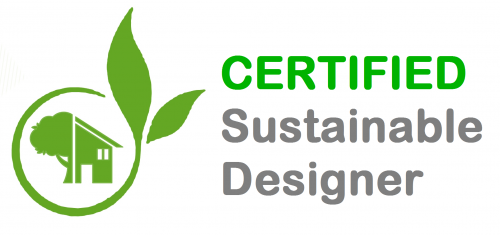Green Building Principles
As the global community grapples with the challenges of climate change and environmental degradation, the construction industry is increasingly turning towards sustainable practices. Sustainable building aims to create structures that minimize their impact on the environment, conserve resources, and promote long-term resilience. In this article, we will explore the key principles and methods of sustainable building, highlighting innovative approaches that prioritize environmental responsibility and contribute to a more sustainable future
Above: Nathan Staal from Green Earth Homes discusses the principles he uses when discussing sustainability with his clients. Waste Management, Energy efficient design, natural ventilation, water efficiency and the use of sustainable materials are all part of building green.
Principles of Sustainable Building
-
Energy Efficiency:
-
One of the fundamental principles of sustainable building is the optimization of energy use. This involves designing and constructing buildings that are energy-efficient and utilize renewable energy sources.
-
Methods:
- Passive Design: Incorporating passive design strategies, such as proper orientation, natural ventilation, and strategic shading, reduces the reliance on mechanical heating and cooling systems.
- Energy-Efficient Systems: Installing energy-efficient appliances, lighting, and HVAC (heating, ventilation, and air conditioning) systems significantly reduces overall energy consumption.
- Renewable Energy: Integrating renewable energy sources like solar panels, wind turbines, or geothermal systems further reduces reliance on non-renewable energy.
-
-
Sustainable Materials:
-
Choosing environmentally friendly materials is crucial for reducing the environmental impact of construction. Sustainable materials are sourced responsibly, have low embodied energy, and are often recyclable or biodegradable.
-
Methods:
- Recycled Materials: Incorporating recycled materials, such as reclaimed wood, recycled steel, or recycled glass, reduces the demand for new resources.
- Certified Wood: Using wood certified by organizations like the Forest Stewardship Council (FSC) ensures responsible forestry practices.
- Low-Impact Concrete: Exploring alternatives to traditional concrete, such as fly ash or recycled aggregate, reduces the carbon footprint associated with concrete production.
-
-
Water Efficiency:
-
Sustainable building emphasizes water conservation and efficient water use to minimize the strain on local water resources.
-
Methods:
- Low-Flow Fixtures: Installing low-flow faucets, toilets, and showerheads reduces water consumption without compromising functionality.
- Greywater Systems: Implementing greywater systems allows the reuse of non-potable water from sinks, showers, or washing machines for landscape irrigation.
- Rainwater Harvesting: Collecting and storing rainwater for non-potable uses, such as irrigation or flushing toilets, contributes to water conservation.
-
-
Waste Reduction:
-
Sustainable construction aims to minimize waste generation during both the construction and demolition phases, promoting a circular economy.
-
Methods:
- Construction Waste Management: Implementing effective waste separation and recycling systems on construction sites helps divert materials from landfills.
- Deconstruction: Instead of demolition, deconstruction involves systematically disassembling structures to salvage reusable materials.
- Upcycling: Repurposing materials from existing structures in new construction projects reduces the demand for new resources.
-
-
Resilience and Adaptability:
-
Sustainable buildings are designed to withstand the impacts of climate change and natural disasters. This includes considerations for extreme weather events, rising sea levels, and increased temperatures.
-
Methods:
- Climate-Responsive Design: Designing buildings that respond to local climate conditions helps optimize comfort and energy performance.
- Natural Disaster Resistance: Incorporating measures such as reinforced structures, storm-resistant windows, and elevated foundations enhances a building's resilience to natural disasters.
- Adaptable Spaces: Designing flexible and adaptable spaces allows for repurposing and retrofitting in response to changing needs and technologies.
-

To find an accredited and certified builder trained in sustainable building methods please check our web-site directory:









